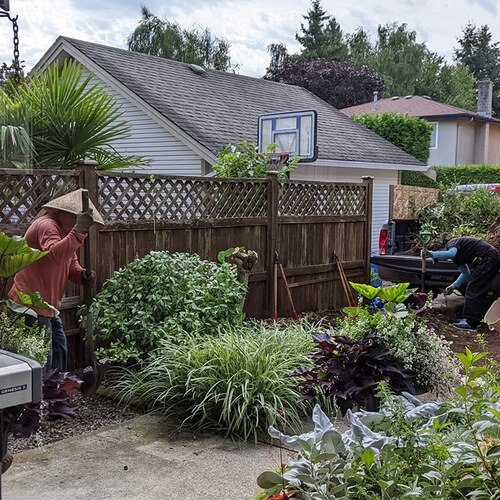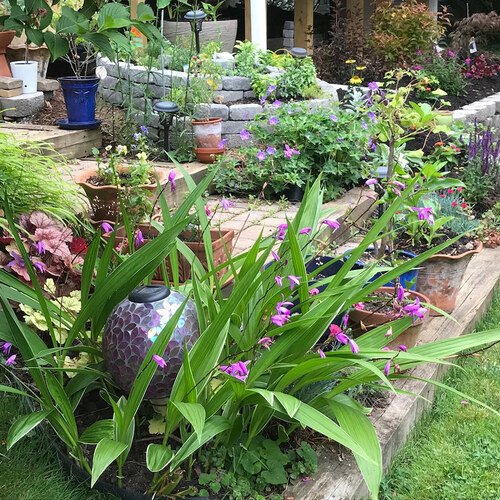
[ad_1]
Catalogue descriptions for new plants may grab our attention, but usually provide little useful information about how these up-and-coming cultivars will perform in your garden. Fortunately, comparative trials like those conducted at Chicago Botanic Garden and Mt. Cuba Center put plants to the test, side-by-side, under typical garden conditions. In this episode, Richard Hawke and Sam Hoadley delve into a few of the similarities and differences between their trial programs. They compare notes, trade stories, and dispel a few misconceptions as they prepare for the talk they will give on Thursday, March 6th, 2025 as part of the Know to Grow lecture series at the Philadelphia Flower Show.
Field evaluation is a core component of plant trials at Chicago Botanic Garden. The trials at Mt. Cuba Center in Hockessin, Delaware focus on plants native to the Mid-Atlantic region. In the trial garden, staff and visiting gardeners alike can compare the flower colors, habits, and pollinator appeal of a wide variety of cultivars.
The CBG Plant Evaluation Program is one of the largest and most diverse in the nation. A recent sedge trial at Mt. Cuba Center determined that a few cultivars are excellent for turf grass replacement. A shade structure at Mt. Cuba Center makes it possible to grow plants that prefer less sun under precisely controlled light conditions.
Plant trials are essential for gardeners looking to select the best plants for their gardens. By comparing different cultivars under similar conditions, researchers can provide valuable insights into plant performance, disease resistance, and overall garden suitability.
At Chicago Botanic Garden, Richard Hawke and his team conduct extensive trials on a wide range of plants, from perennials to shrubs to trees. The field evaluation process involves planting multiple cultivars of the same species in a designated area and monitoring their growth and performance over time.
One of the key benefits of the CBG Plant Evaluation Program is the wealth of data it generates. By collecting detailed information on plant growth, flowering times, disease resistance, and other factors, researchers can provide gardeners with valuable recommendations on which plants are best suited for their specific needs.
In contrast, the trials at Mt. Cuba Center focus specifically on plants native to the Mid-Atlantic region. This specialized approach allows researchers to evaluate how native plants perform in a garden setting and provides valuable insights into their ecological value and wildlife appeal.
One of the standout features of the Mt. Cuba Center trial garden is the emphasis on pollinator-friendly plants. By selecting cultivars that attract bees, butterflies, and other beneficial insects, researchers are able to create a vibrant and biodiverse garden environment.
Both the Chicago Botanic Garden and Mt. Cuba Center trials offer valuable insights into plant performance, but each program has its own unique focus and strengths. By sharing their knowledge and expertise, Richard Hawke and Sam Hoadley are able to provide gardeners with practical advice on selecting the best plants for their gardens.
As the gardening season approaches, it’s essential to consider the results of plant trials when selecting new additions for your garden. By choosing plants that have been rigorously tested and proven to perform well in a garden setting, you can ensure a successful and thriving garden for years to come.
In conclusion, plant trials are a valuable tool for gardeners looking to select the best plants for their gardens. By comparing different cultivars under similar conditions, researchers can provide valuable insights into plant performance, disease resistance, and overall garden suitability. The trials conducted at Chicago Botanic Garden and Mt. Cuba Center offer valuable insights into plant performance and provide gardeners with practical recommendations on selecting the best plants for their gardens.
[ad_2]





